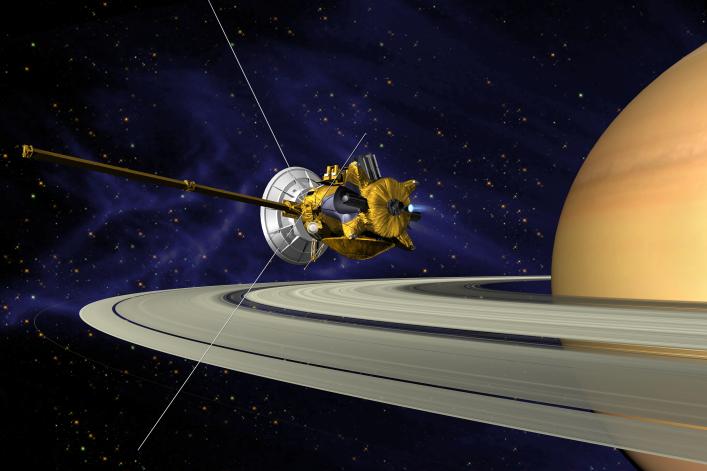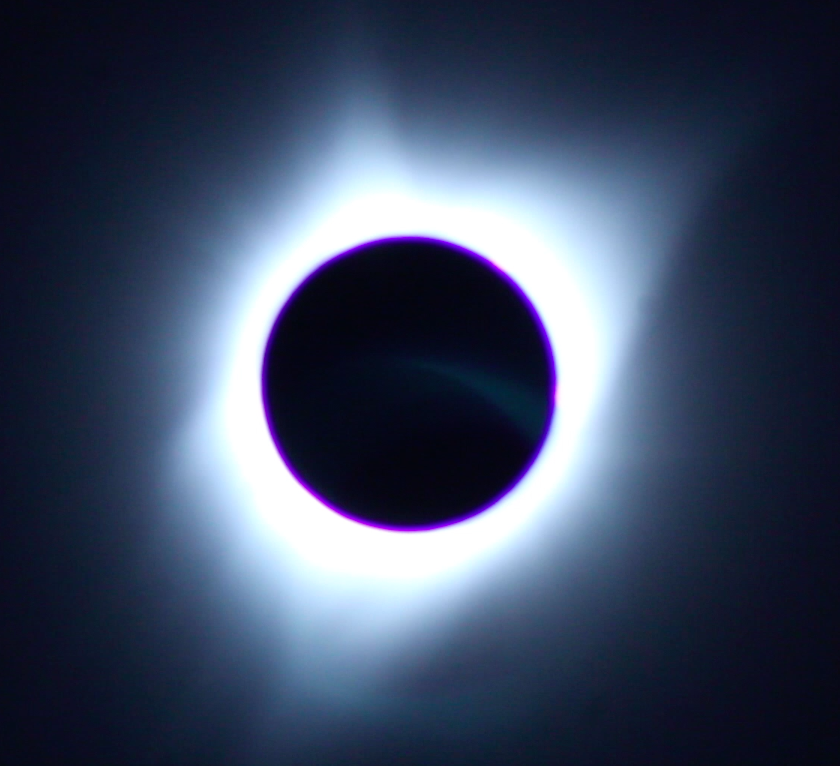
by Joseph A'Hearn | Oct 15, 2017 | Administrative, Featured
Although this blog site had a slow and quiet start almost three years ago, my recent eclipse blog series has drawn a surge of attention, and it now has over 1,000 subscribers. Thanks to all who have subscribed and who read my blog! Not only do I want to keep this...

by Joseph A'Hearn | Sep 12, 2017 | Astronomy, Featured, News, Research
This Friday, the Cassini spacecraft, which has orbited Saturn since 2004, will end its mission by crashing into Saturn. It happens to be the Catholic memorial of Our Lady of Sorrows. It is indeed a sad day to see Cassini go. This spacecraft has transmitted 635 GB of...

by Joseph A'Hearn | Aug 25, 2017 | Astronomy, Basics, Eclipse, Featured, Observational Astronomy
The two minutes and six seconds of totality I experienced were otherworldly. Time had paused and I was submerged into an ethereal reality. I had spent so much time preparing for this, and yet it passed by so quickly. As the Moon’s shadow had approached...

by Joseph A'Hearn | Aug 16, 2017 | Astronomy, Eclipse, Featured, News, Observational Astronomy
This will be my first total solar eclipse. What I am planning on doing is not necessarily what I would recommend everyone to do. Nevertheless, perhaps these plans can inspire some ideas and spark conversation. I’ll be in the path of totality somewhere near the...

by Joseph A'Hearn | Jul 31, 2017 | Astronomy, Eclipse, News, Observational Astronomy
Bring a sweatshirt with you on August 21! During the eclipse, the temperature may change 1/2 or 3/4 as much as it regularly does at night, based on your location and climate. This will likely be 10-15 degrees, but it could be more. When the Moon blocks sunlight from...






